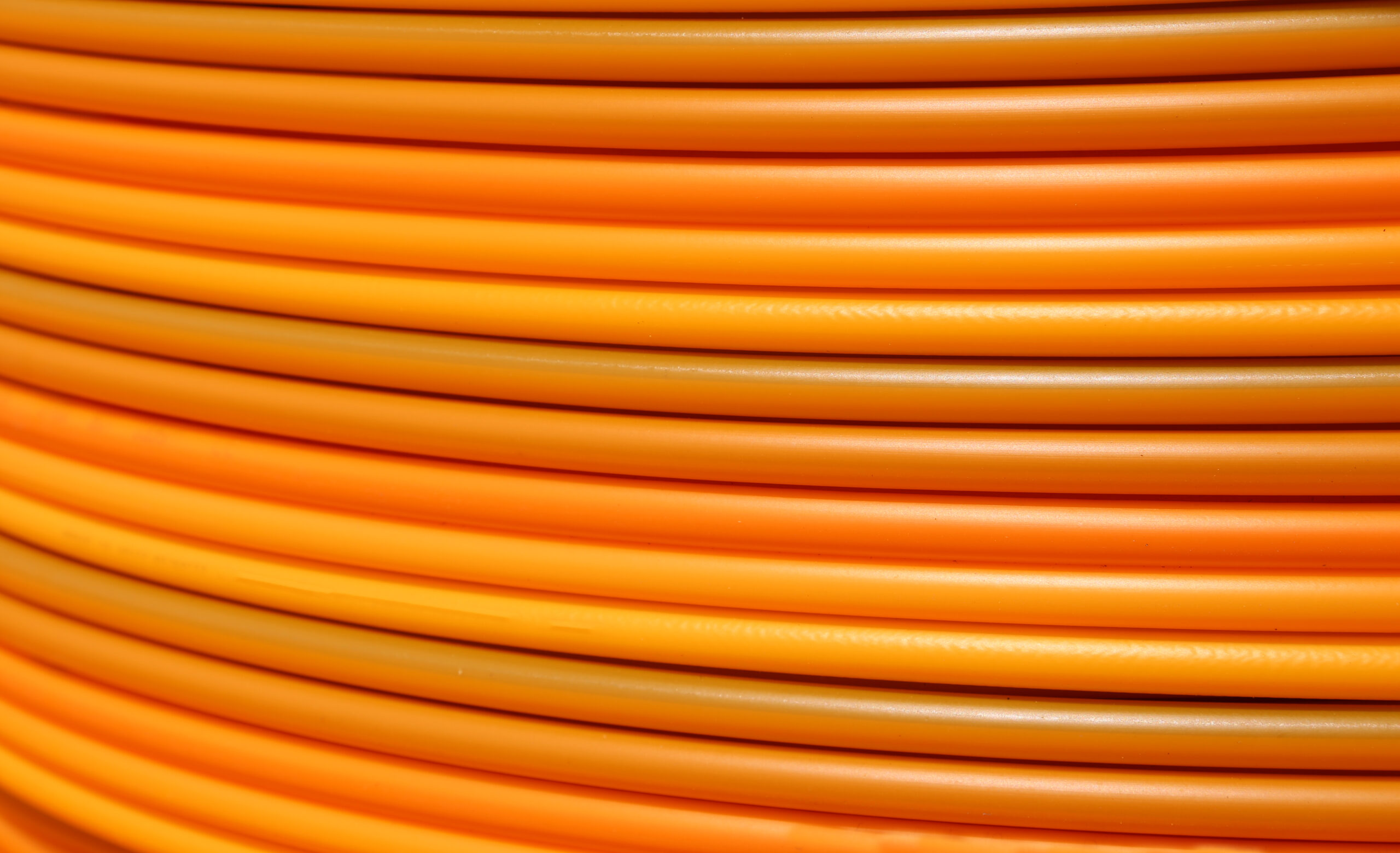22/09/2016
At the end of June 2016 the United States Court of Appeals for the Federal Circuit upheld the validity of a computer-implemented patent owned by BASCOM Global Internet Services. This is the fourth such ruling from the Federal Circuit since the Alice Corp vs CLS Bank International decision in 2014 and appears to identify a few more features in the post-Alice patentable subject matter landscape.
Brief background – patent eligibility
A fundamental principle of patent law is that not every concept is eligible to be patented. An example is a newly discovered material, like graphene. The discovered material cannot be patented as its existence derives from nature and not from a person’s inventive skill. It would therefore be inherently unfair to reward someone with a patent for their fortuitous discovery, which could have been made by anybody in the right place at the right time.
Nor can a patent be granted for a mental or abstract act because it would lead to the distinctly Orwellian scenario of ‘thought-infringement.’ The Alice case in 2014 considered the extent to which a patent’s claims protect an abstract idea and its ruling has had a significant impact on US patent practice.
In the Alice decision, the Supreme Court provided a formulation since known as the Alice / Mayo test to help determine whether a set of claims are patent-eligible. The crux of the test is a two-part analysis considering:
- a) Firstly, whether the claims of a patent are directed towards any judicial exception [such as an abstract idea]; and, if so,
- b) Secondly, whether any element of the claims, either individually or in combination, contribute something significantly more than the [abstract idea].
The Alice / Mayo test has resulted in computer-implemented software patents being judged more harshly by American courts: 64% of software patents brought to court proceedings after Alice have been invalidated1. BASCOM vs AT&T is only the fourth decision since Alice to overturn an invalidation and provides practitioners with a useful interpretation of step b) of the Alice / Mayo test above as well as offering an alternative to assessing patent validity in the US.
Details of the case
Patent US5,987,606 is owned by BASCOM Global Internet Services and directed towards filtering internet content. The invention uses a remote ISP server to identify individual user accounts that communicate with the server and to associate a request for internet content with a specific account. Each individual account is linked to their own filtering scheme located on the ISP server. The invention therefore provides bespoke internet content filtering while avoiding the need for a large number of local servers.
BASCOM sued AT&T at the District Court for the Northern District of Texas for infringing their patent. In response, AT&T brought a motion to dismiss BASCOM’s complaint under Rule 12(b)(6) of the Federal Rules of Civil Procedure (FRCP). A motion to dismiss asks the court to decide on the legal sufficiency of the complaint. In this case, AT&T argued that they had no case to answer as they considered BASCOM’s patent to be invalid.
The District Court decided in favour of AT&T and ruled BASCOM’s patent was directed to nothing more than the abstract idea of ‘filtering content.’ As part of their reasoning the District Court cited everyday examples of filtering content as being high school teachers selecting reading books for their students according to maturity, or films with age restrictions based on their content.
At appeal, Circuit Judge Chen overturned the decision of the District Court based on a difference in interpretation of step b) of the Alice / Mayo test. The District Court ruled that the features of the patent’s broadest claims were not inventive either individually or collectively, however the Court of Appeal considered the specific combination of the features to be inventive. Circuit Judge Chen held that the presence of an inventive step was proof of something “significantly more” than the abstract idea: “the claims do not merely recite the abstract idea of filtering content…Such claims would not contain an inventive step.”
Patentability to determine eligibility
In a concurring opinion, Judge Newman agreed with the court but also stated concerns over the “time-consuming and usually unnecessary” judicial protocols surrounding unpatentable subject matter litigation in the US.
Judge Newman urged a more flexible approach for determining patent eligibility which would not necessitate the use of the two-step protocol. Instead, Judge Newman observed that “an initial determination of patentability issues always resolves or moots eligibility.” Judge Newman considered there to be no good reason why lower courts should be constrained from determining patentability and that this new approach would prevent substantial cost and effort.
Judge Newman’s concluding remarks show the US to still be in a state of flux following Alice. No doubt there are further aspects of the post-Alice patent landscape to yet emerge from the mist.
This article is for general information only. Its content is not a statement of the law on any subject and does not constitute advice. Please contact Reddie & Grose LLP for advice before taking any action in reliance on it.



